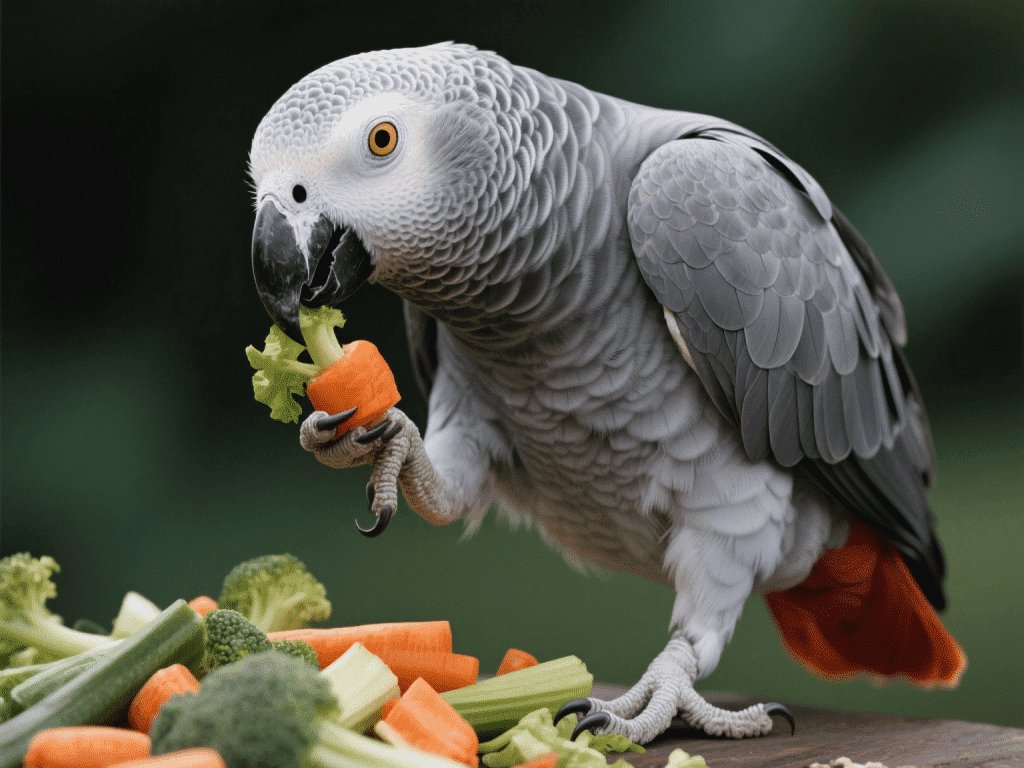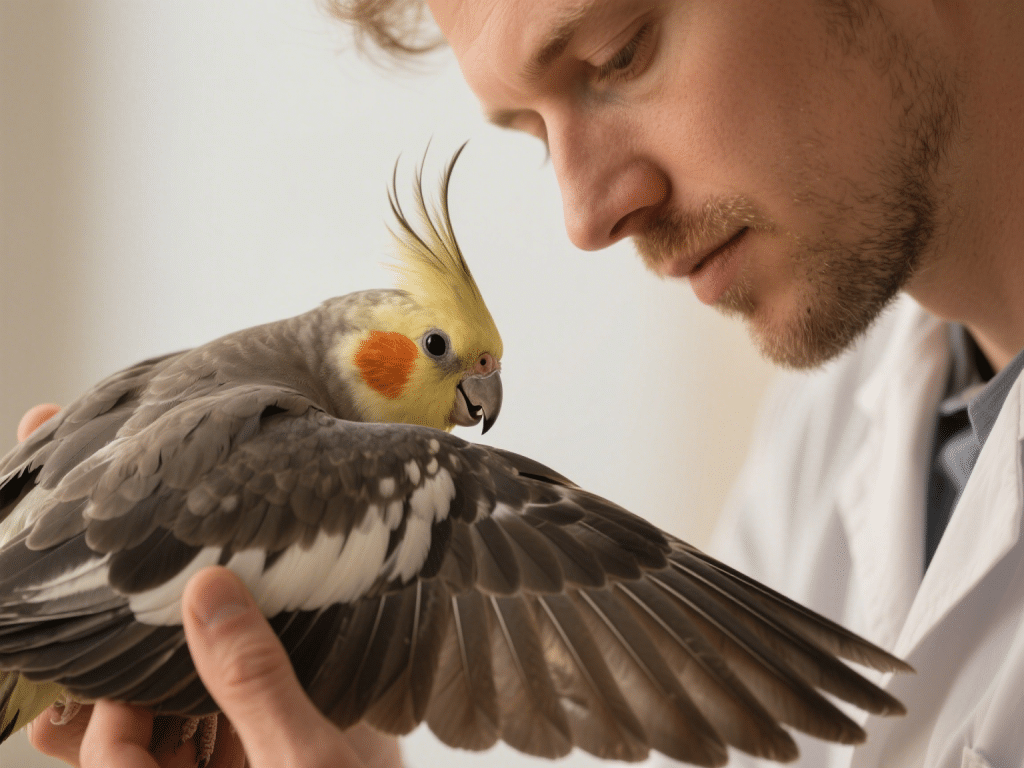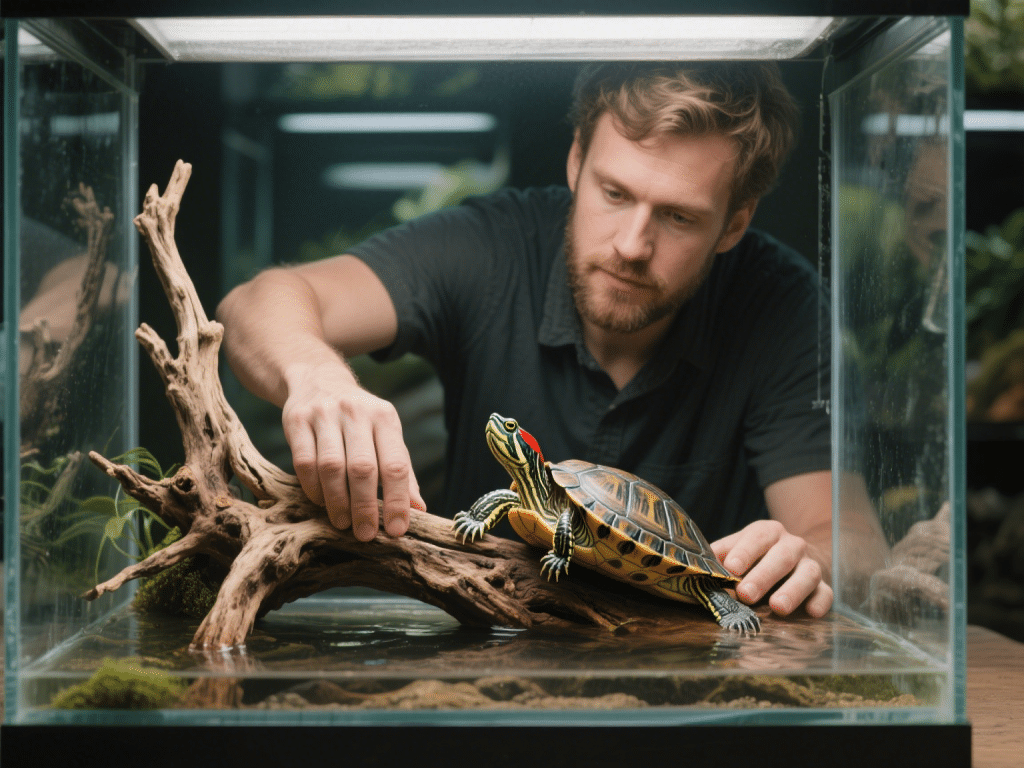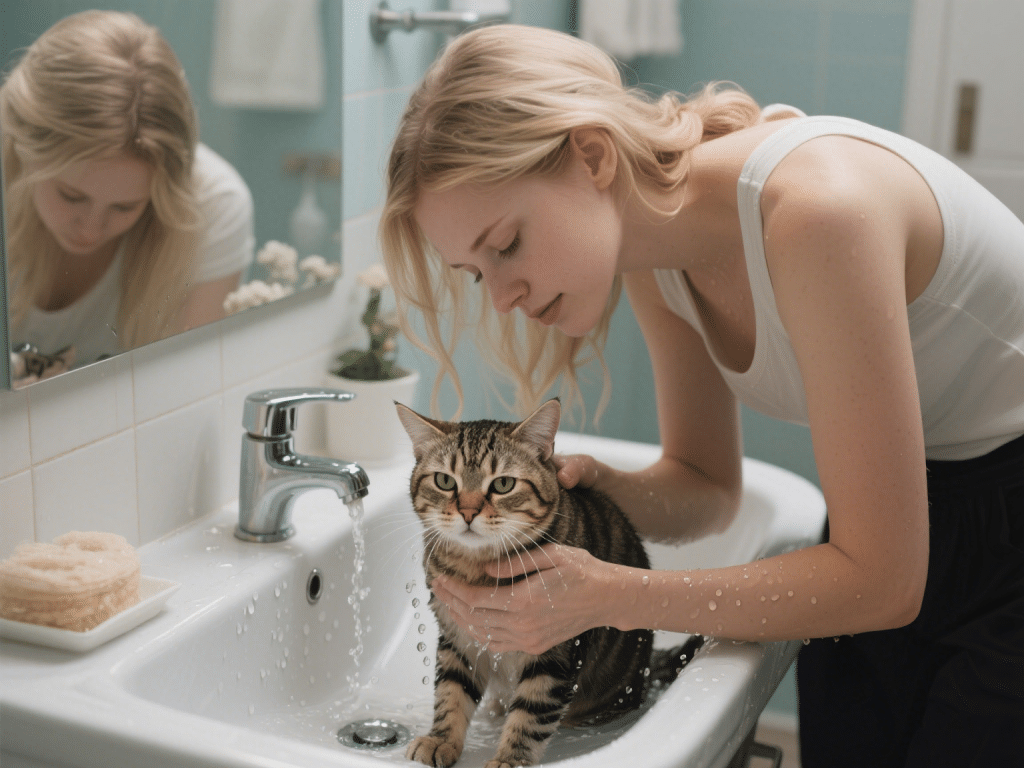
Shell rot—a bacterial or fungal infection affecting aquatic turtles—can progress rapidly from minor scute discoloration to deep, painful lesions. As a reptile veterinarian consultant, I’ve seen early intervention save countless tortoises and sliders. Follow this thorough E‑E‑A‑T‑backed guide to safeguard your shelled friend.
1. Early Warning Signs
– Discolored Patches: Brown, yellow, or gray spots on scutes, often únder waterline.
– Soft or Spongy Areas: Healthy scutes are firm; softness signals underlying decay.
– Unpleasant Odor: Foul smell emanating from shell surface or water.
– Excessive Algae Growth: While normal in moderation, dense algae can hide lesions.
2. Immediate Isolation and Tank Prep
Remove the affected turtle to a quarantine tank. Replace all water, clean and disinfect the habitat per steps in article 9. Use fresh filters and media to prevent reinfection.
3. Mechanical Debridement
After 5–10 minutes soak in lukewarm water to soften scutes, gently scrub infected areas with a soft toothbrush. Remove loose debris carefully—never force peeling scutes off.
4. Topical Antiseptic Application
Apply a thin layer of diluted chlorhexidine solution (0.05%) or povidone‑iodine (1:10 dilution) to cleaned scutes. Allow to air dry under UVB light to enhance antimicrobial action.
5. Environmental Adjustments for Healing
– Dry Docking Sessions: Provide a dry basking area at 90–95°F for 2–3 hours daily to let scutes air out.
– UVB Exposure: Ensure 10–12% UVB lamp is within 12″ of the shell—essential for shell regeneration.
6. Dietary Support
Boost dietary calcium to 70% of dry weight. Offer cuttlebone and calcium‑dusted greens daily. Supplement vitamin A (via sweet potato or carrot puree) under veterinary guidance to support epithelial health.
7. Monitoring and Re‑Treatment
Inspect scutes every 2–3 days. Repeat mechanical debridement and antiseptic applications until new healthy scute growth appears (typically 4–6 weeks). Keep a photo log to track progress.
8. Addressing Underlying Causes
Persistent shell rot often stems from poor water quality, suboptimal UVB, or inappropriate diet. Reassess tank filtration, lighting schedules, and nutritional plan to prevent recurrence.
9. When to Consult a Veterinarian
If lesions extend into the dermis, exude pus, or the turtle exhibits systemic signs (lethargy, anorexia), seek immediate veterinary care. Advanced cases may require surgical debridement under anesthesia.
10. Long‑Term Shell Health Maintenance
Maintain pristine water conditions (see article 9), replace UVB bulbs biannually, and keep basking platform dry and clean. Regular health checks—every 3 months—ensure any relapse is caught early.










